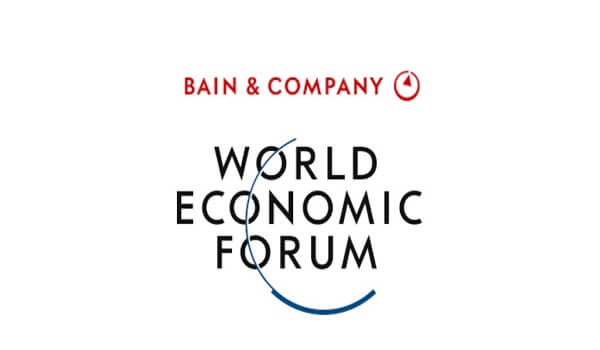World Economic Forum along with Bain & Company has released a report titled- Green Hydrogen: Enabling Measures Roadmap for Adoption in India, highlighting that Green Hydrogen production cost needs to be reduced to less than or equal to USD 2 per kg.
Key Highlights of the Report
India’s Demand for Energy is Set to Surge
- India is currently the third-largest economy in the world in terms of energy needs, and the country’s demand for energy is set to surge – demand is estimated to grow 35% by 2030.
- In 2022, India’s energy import bill reached USD 185 billion, which is likely to increase if the country continues to meet its growing energy demand through traditional methods.
- At the same time, India has set a commitment to achieve Net Zero by 2070 at the United Nations Climate Change Conference in Glasgow (COP26), held in 2021.
Criticality of Green Hydrogen
- Green Hydrogen is critical to help meet India’s energy security needs while reducing emissions in hard-to-abate sectors on the path to net zero.
- Recognizing this, the Indian government launched the National Green Hydrogen Mission in 2022.
- The aim is to spur green hydrogen production and consumption through roughly USD 2.3 billion in incentive funding, to be distributed between 2022 and 2030.
Current status of Hydrogen Production in India
- Currently, India produces 6.5 million Metric Tonnes Per Annum (MMTPA) of hydrogen, predominantly for use in crude-oil refineries and fertilizer production.
- Most of India’s current hydrogen supply is Gray Hydrogen, which is produced using Fossil Fuels in a process that creates CO2 Gas Emissions.
- Green Hydrogen production requires an ample supply of Renewable Energy for the electrolysis process.
- India’s renewable energy potential can support its goals for green hydrogen growth but needs rapid capacity addition – additional capacity is required to generate green hydrogen as well as to meet the country’s electricity needs.
- There is limited on-the-ground traction for green hydrogen in the country; most are in a “wait-and-watch” phase. Many expect sizable production of green hydrogen to take effect beginning in 2027 and after.
Constraints in Green Hydrogen
- Important constraints for the expansion of green hydrogen in India include, on the supply side, the cost of production and delivery, and, on the demand side, Indian players’ readiness to consume green hydrogen in traditional industrial processes.
Blueprint proposed by the Report for the evolution of Green Hydrogen in India
Reduce the Cost of Producing Green Hydrogen
- Green hydrogen today costs roughly USD 4–5/kg to produce in India, approximately double the production costs for grey hydrogen.
- The majority of production costs for green hydrogen (50–70%) are driven by the need for round-the-clock (RTC) renewable electricity.
- Green hydrogen needs to come down to a benchmark goal of USD 2/kg for a green energy ecosystem to develop in India.
This can be done through
- Increasing direct subsidies for early adopters – for example, the USA has announced, under the Inflation Reduction Act (IRA), a tax credit of up to USD 3/kg of hydrogen.
- Supporting long capital investment cycles for technologies with long-term clarity on policies and incentives
- Encouraging the development and testing of indigenous electrolyzer technology
Reduce Costs related to Green Hydrogen Conversion, Storage, and Transport
- Despite low production costs, infrastructure expenses (conversion facilities, storage, and transport) can significantly affect the overall cost of green hydrogen and its derivatives.
- Minimizing the costs of establishing this infrastructure, will reduce delivery costs and increase offtake.
Essential interventions to achieve this are
- In the short to medium term, developing green hydrogen production clusters where a collaborative environment for production and offtake occur in close proximity.
- Investing in long-term infrastructure construction, including pipelines for transporting green hydrogen throughout the country.
- For example, the European Union’s European Hydrogen Backbone programme aims to develop a pipeline network in the EU.

